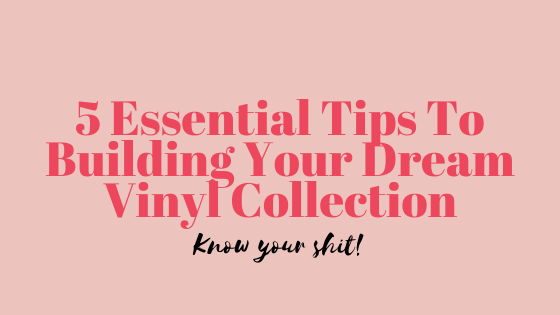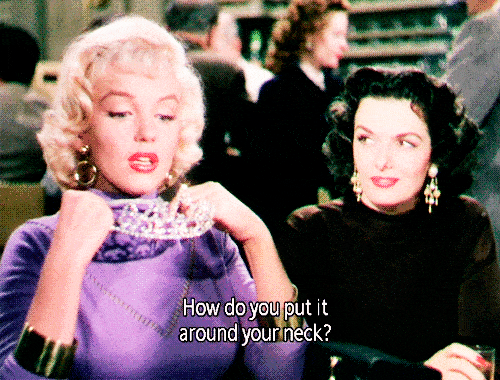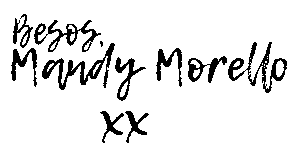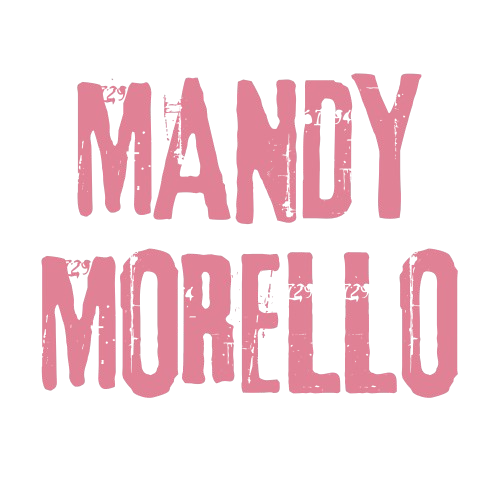Don’t get ripped off: 5 tips to building your dream 60s record collection

How to build your dream vinyl collection full of valuable records from the 60s and avoid getting ripped off in 5 easy-to-follow steps.
I used to love music but a few years ago I thought it had lost its charm.
I used to adore the convenience of streaming music through my phone and playing The Rolling Stones whenever some poor sheltered soul told me that they haven’t heard of one of their songs before. I especially loved running without hearing the song skip (do you remember personal CD players?). But I didn’t feel like I owned the music.
I missed holding the music in my hand and looking at the album artwork. I missed the way you could show your CD collection to a friend, and she would learn so much about you from the music you had. She’d tell you which ones she had too and you’d play it out loud on the boom box. It was always The Spice Girls.
But cassettes are dead and CDs were naff. But there is one form of record that has stood the test of time- vinyl. And it’s increasing in sales every year.
So I decided to start collecting vinyl. And now I have a gorgeous collection that includes The Beatles, Blondie, French Ye-ye and I am not stopping.
If you fancy jumping on the vinyl bandwagon and building a sweet collection that reflects you, here’s five awesome tips that will get you started and avoid getting ripped off.
1. If the record is looking like a Clockwork Orange victim, it’s not worth any money.
Deep scratches on the vinyl give the records a horrid noise… and I don’t mean that crackle that you love so much.
That’s why you see people holding the record by the edges. They’re delicate.
And if you see dirt… the dirt on the records is so resistant that only a VPI vacuum cleaner can get rid of it. Do you have one of those?
The jacket is as important as wearing a nice dress. If it’s ripped, mouldy and full of stains, nobody is gonna want what’s in it.
Even if the vinyl is clean, most collectors online will determine the condition of a record by the Goldmine grading standards and would only recommend buying vinyl with a VG+ grade or higher. This means they’ll only buy records that will play well without any distortion.
I learned this the hard way when I blue tacked an original Marilyn Monroe vinyl to my wall as a decoration. One day, I pulled it down to listen to her sweet, babyish voice, but she sounded more like a pissed off Darth Vader. It’s now worth nada.
2. Online, everyone treats you like you're thick.

It’s safer to buy vinyl in person. It may cost you a little more but it’s worth it to see the condition with your own eyes and judge whether it’s worth what they’re selling it for.
Plus, if you get home and realise it sounds worse than two foxes having sex, then you can take it straight back to the shop.
It’s worth getting friendly with the shop too. Though you might not believe it, talking to a fellow human face-to-face will gain you the most benefits. The shop may let you know when they’re bringing in new stock and help you build your dream record collection.
Then again, they might care more about their Sims pets than you but that’s not usually the case.
You could also check charity shops, boot sales and second-hand shops. Most of the time they have a load of poop but on rare occasions, I’ve found an original ’60s treasure for 50p.
If you’re looking for brand new reissues, find your local independent vinyl shop or head to Urban Outfitters. Or the dribble of HMV stores that are still around.
But where possible, listen to the record before you buy it.
If you have to look online, check Amazon, eBay and Discogs who have a vast collection for you to endlessly scroll through.
The only problem is that you can’t inspect the condition of the record. Generally, most records are in worse condition than what they’re listed as.
Make sure the seller has some gushing reviews before giving away those pound coins.
3. An original record from the 60s is gold.
Spotting an original may seem a bit like trying to figure out Inception, but just like collecting vintage clothing, it’s something you’ll recognise by the style of the era.
Original ’60s records are chunky boys. The vinyl is thicker than previous editions and the sleeves were thin and glossy in the UK (but thick in the US).
If you’re looking for original valuable records from the 60s, then look out for these other features:
- There is sometimes a street address on the label and it will look slightly dated.
- Check the sleeve. They almost always contain albums from the same time that it was pressed.
- They will never have a barcode on the jacket.
- If it’s pressed in mono, note that Mono wasn’t regularly pressed until after 1968.
But why are these dusty old records worth so much? Generally, people think old records are the fine wines of the music world- they sound and feel better.
They contain details to the artwork like lyric sheets and textures on the jacket. Record companies dropped these cool features to “save money”.
4. Your granny's old record collection sucks balls.

Sorry Gramma but even though her old collection of opera, classical, composers and film soundtracks may have meant something to her, they don’t mean anything to anyone else.
Every record store has their tastes but generally, they stock genres like jazz, rock n roll or anything released after the ’60s. My advice would be to keep granny’s classical music collection somewhere safe, in the hope that there will be some sort of resurgence… but maybe that’s like tweeting Victoria Beckham and hoping to get a reply.
Unfortunately, I’ve been here. I once inherited a load of 60s/70s vinyls. I didn’t want to listen to most of them but I thought they were worth at least several bottles of wine.
So I went to my local vinyl shop to trade some of them in for Sgt Pepper but I was laughed out of the shop. No one is interested in cheesy musical compilations.
But don’t go chucking your granny’s collection in the bin. If you think you have inherited some decent records, vinyl shops will happily take a look and exchange them for something of equal value.
A shop’s sole purpose is to have a good inventory. So if they want your records, they won’t let you leave without offering you as much as they can.
Online, most people head to eBay. But if you don’t already have an account without any reviews, it might be a little tough. Unless you have a super rare record, then chances are it might not sell, or it won’t make you enough money to start popping the champagne corks.
5. Pay what YOU think it's worth
If you think that a Led Zeppelin first edition pressing is worth a tenner and NOT £40, then ask to buy it for a tenner. You have to bring in your bartering game.
When you’re trying to get a good deal, think about how many of the same record is currently circulating, if it’s popular or if it’s an original pressing. And never forget the condition.
Most vintage vinyls are priced around £5 to £25 but rare copies of high demand records from ’60s/’70s artists can go up super high. Bands like Yes, Genesis and Aerosmith can be found for as low as £2. If you’re unsure, sites like PopSike and Discogs offer a resource for checking what the vinyl is worth.
Now you know these five must-know tips, you’re ready to start building a collection full of valuable records from the 60s that’s worth of an Instagram photo.
Which records would be in your dream collection? Tell me in the comments section below!

P.S. Do you have a mate who wants to start a vinyl collection? Share this post with them so they can know their shit.



1 comment
Nancy Sinatra, Jane Birkin and maybe a little bit of Dusty.